SYSTEM CONSIDERATIONS
Physical parameters make it a practical decision to have an instrument dedicated to purification. Automation, pumps, detector flow cells, injectors, tubing, columns, and fraction collectors all need to be considered when preparing the purification system. Modular systems provide maximum flexibility and are designed to adapt as throughput needs increase.
The level of automation is often based upon the user’s workflow and budget. Generally, startup and university laboratories require low throughput and prefer manual or semi- automated systems, while large pharmaceutical or manufacturing companies often utilize high throughput, automated systems.
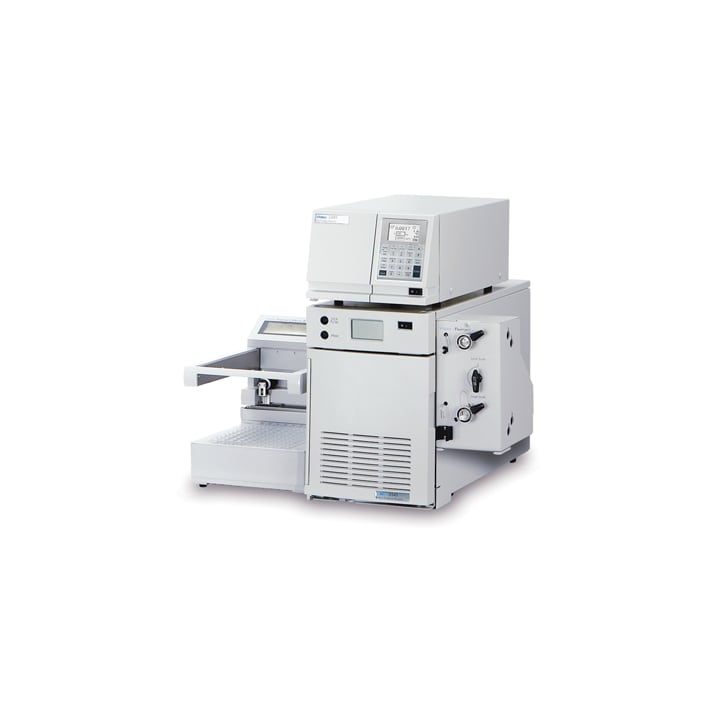
Figure 28: Low-pressure mixing systems such as the Waters 2545 Quaternary Gradient Module, with the 2489 UV/Vis Detector and the Fraction Collector for low throughput.
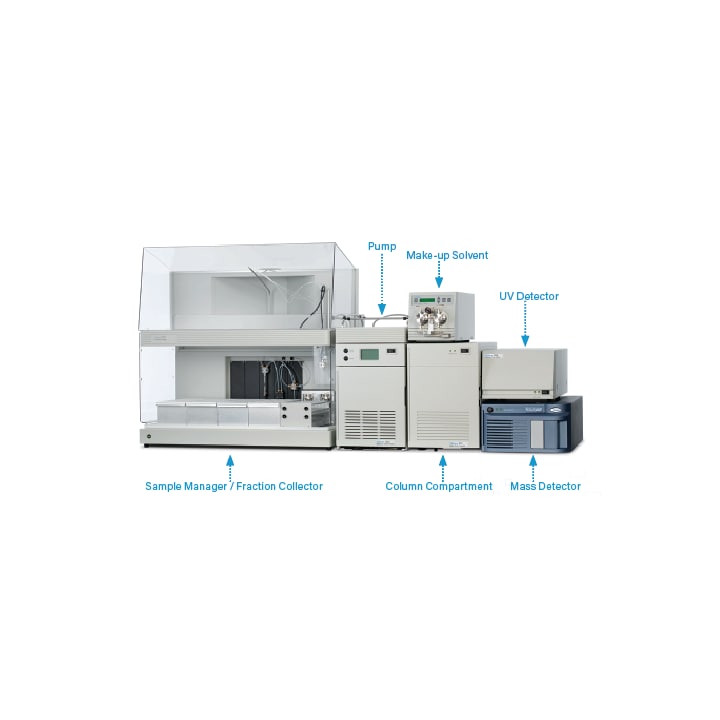
Figure 29: The Waters AutoPurification™ System with the ACQUITY QDa Mass Detector for high throughput fraction collection with mass detection.
SOFTWARE AND SYSTEM CONTROL
A small computer which controls the pump flow rate and solvent composition in binary, ternary, and quaternary systems in both isocratic and gradient modes is required. The computer software also records detector and fraction collector outputs. Depending upon the complexity of the software package, it may also be used to perform method development simulations and process data.
PUMPS
The solvent delivery system or pump is at the heart of chromatographic separations. Pumps used for chromatography must deliver a pulse-free, accurate, precise, and reproducible flow rate regardless of solvent compressibility. A purification pump is selected based upon the target flow rate which ranges from 0.5 mL/min for a small scale purification, to 150 mL/min or above for large scale. Pumps can mix solvents under high pressure (binary) or under low pressure (quanternary) conditions.
The binary gradient modules can mix two different solvents that unite in a mixing chamber. This chamber is followed by a damper, a second mixer and a purge valve. The composition of the resulting solvent is defined by the different flow delivered by both solvent channels. High-pressure mixing pumps are less sensitive to dissolved gases in the mobile phase and typically do not require solvent to be degassed.
The result is a pump with a greatly reduced system volume, capable of providing precise and equivalent performance in both analytical and prep scales.
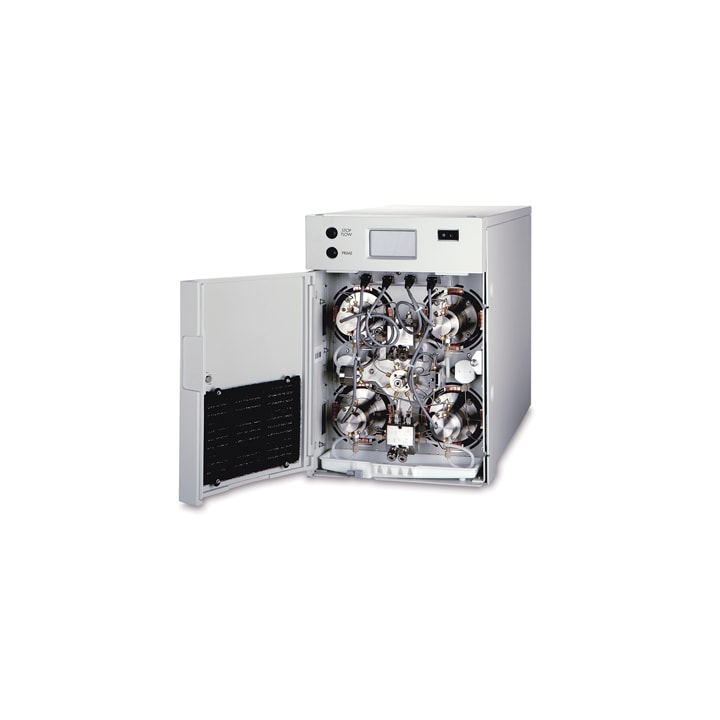
Figure 30: The Waters Binary Gradient Module (BGM) is a high-pressure mixing binary gradient pump capable of both analytical and prep flow rates.
The quaternary pump and can provide a gradient of up to 4 different solvents and uses valves that open for short times. These valves allow small volumes of different solvent to be mixed in the right proportion under low pressure. With this pumping strategy, dissolved gases may separate and form bubbles that may lead to compression, injection, separation, detection problems later in the flow path. Therefore, mobile phases must be degassed. This can be accomplished using in-line degasser, helium sparging or manual vacuum degassing. These pumps provide very accurate and precise solvent proportioning across their specified flow rate range.
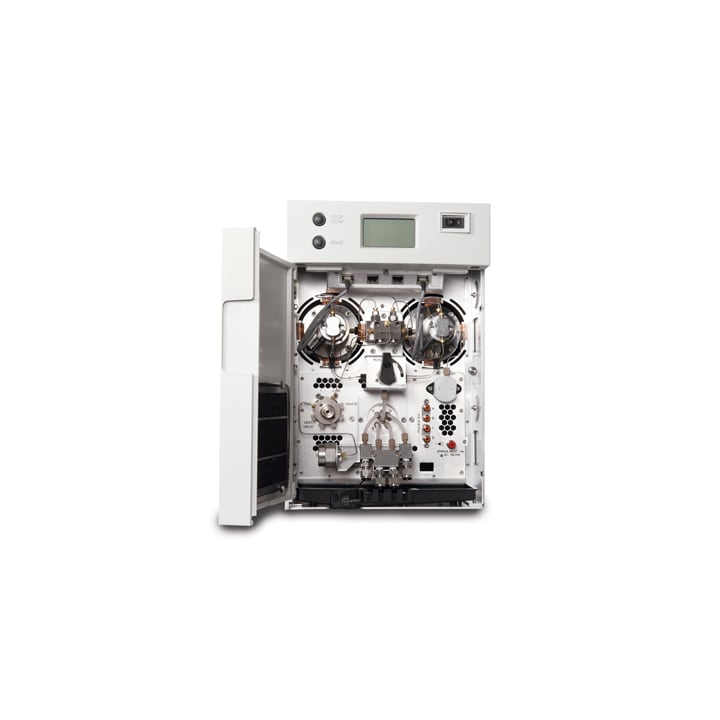
Figure 31: The Waters Quaternary Gradient Module (QGM) is a low-pressure mixing quaternary gradient pump capable of achieving prep flow rates across their specified flow rate range.
|
Sample load |
Column I.D. |
Fluid handling unit |
Max flow rate |
|
µg–mg |
3.9– 7.8 mm |
1525 Binary HPLC Pump* |
10 mL/min |
|
µg–10s mg |
3.9– 19 mm |
1525 Binary HPLC Pump* and EF Kit |
22.5 mL/min |
|
mg–10s mg |
3.9– 50 mm |
2535 Quaternary Gradient Module |
50 mL/min |
|
m–g |
4.6– 50 mm |
2545 Binary Gradient Module* |
150 mL/min |
|
m–g |
4.6– 50 mm |
2545 Quaternary Gradient Module |
150 mL/min |
|
mg–10s g |
7.8– 75 mm |
2555 Quaternary Gradient Module |
300 mL/min |
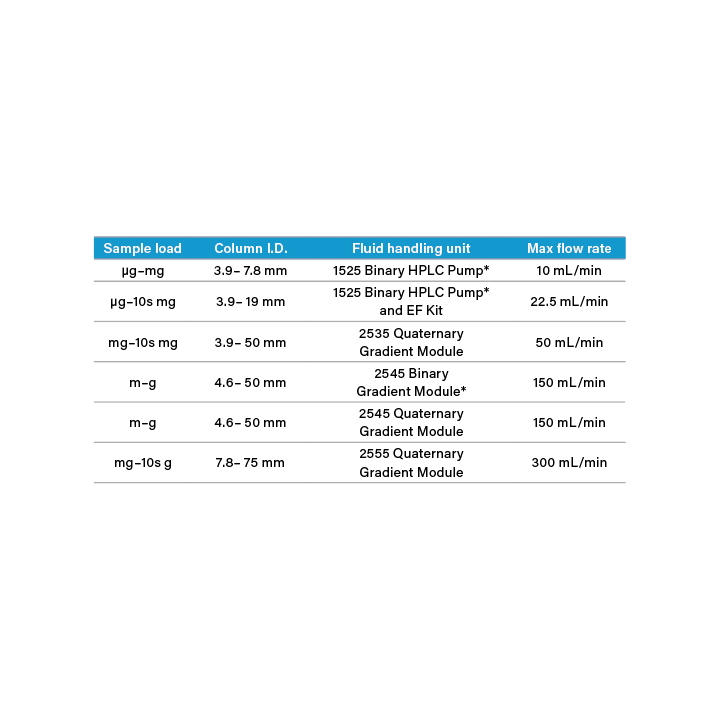
Figure 32: Waters solvent delivery systems. *High pressure mixing.